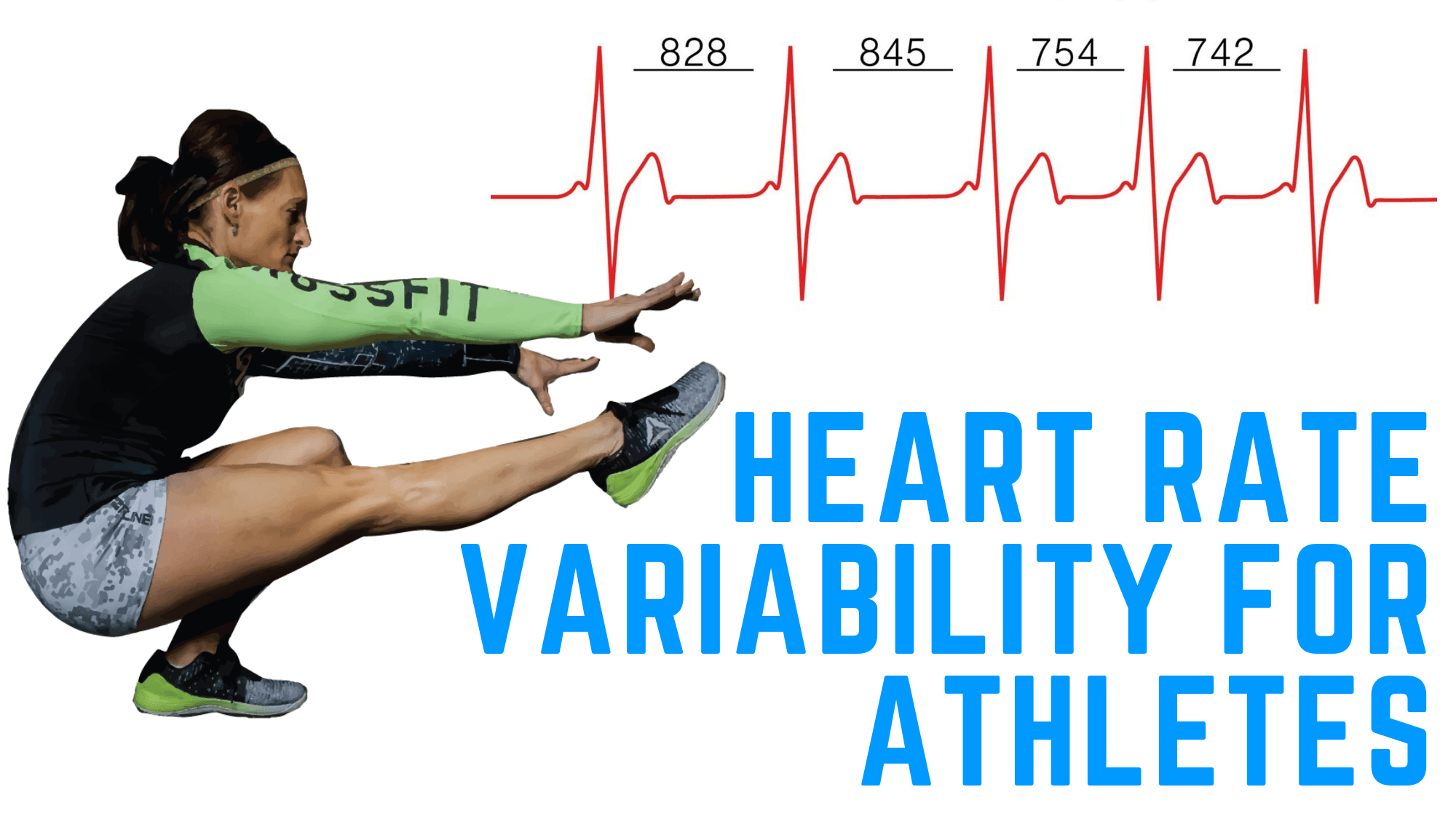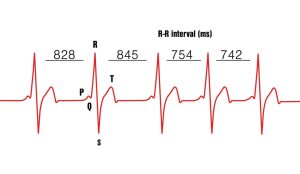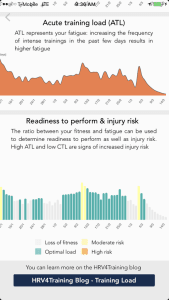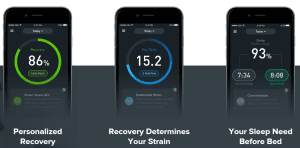In recent years, the fitness world has been slowly adopting the trend of measuring heart rate variability (HRV). HRV is a means of assessing an athlete’s readiness to train and overall recovery. But is it useful? And how do we measure HRV? Let’s discuss…
Heart rate variability is a measurement of the variation that naturally occurs between individual heartbeats. When we measure an individual’s heart rate in beats per minute, we are getting a larger picture of their heart’s status. Instead, HRV is looking at the smaller details.
This beat-to-beat variation gives us a measurement of autonomic nervous system activity. In other words, it provides us with a snapshot of pain, inflammation, and overall recovery of the body. Higher variability (the beats are less regular) indicates less stress and better recovery. Less variability in HRV means the body is stressed, and the nervous system is ramped up.
What is Heart Rate Variability?
We won’t dive deeper into the science here, but this data can give us some great insight into an athlete’s current status and readiness to train.
Declines in HRV may indicate sickness, overtraining, and emotional/psychological stressors are high. I’ve repeatedly seen my HRV drop in the days preceding getting sick, after poor sleep, the morning after drinking 2+ beers, or after several strenuous days of training.
In athletes, we can use this data to try and get ahead of issues arising. If we see a decline in HRV, maybe we cut down training volume. Or we can implement various recovery strategies, and simply check in on the emotional status of the individual.
While there has been a lot of research published on HRV, I’ll be focusing on one study with CrossFit athletes (since that’s the biggest population following my work).
The “Heart Rate Variability is a Moderating Factor in the Workload-Injury Relationship of Competitive CrossFit™ Athletes” is useful for this. Researchers followed six competitive CrossFitters over 16 weeks and were able to find a relationship between changes in HRV, training volume, and overuse injuries. Note: see my previous article discussing monitoring training volume if you aren’t already very familiar with the subjects of workload tracking and maximal recoverable volume.
In the study, they found that the risk of overuse problems was increased when HRV declined alongside of spikes in training volume. On the flip side, when HRV was normal or high, spikes in higher workloads were well tolerated.
They concluded that “Monitoring HRV trends alongside workloads may provide useful information on an athlete’s emerging global pattern to loading. HRV monitoring may, therefore, be used by practitioners to adjust and individualize training load prescriptions, to minimize overuse injury risk.”
Heart Rate Variability for Athletes: Who Should Track Their HRV?
While this research is very cool and can be a great way to help athletes perform optimally and stay healthy, I don’t think it is necessary for everyone to track. There are a few people I do regularly suggest it to:
- High-level athletes needing to perform optimally.
- Recreational fitness athletes that I have seen for multiple overuse injuries in a relatively short period. Giving them data about their recovery and when pushing hard isn’t the right thing to do.
- Athletes that I know aren’t sleeping enough (the Whoop app discussed below is best for this).
- Recreational fitness athletes that are training intensely but with serious life stressors. For example, a mom of 3 that works a full-time job, coaches twice a week and does a combination of CrossFit with extra skill work.
How Do We Measure HRV?
There are several available options for measuring heart rate variability I’ll discuss what I believe to be the best two currently available.
HRV4Training
HRV4Training is an easy and inexpensive way to measure HRV. This app can be downloaded for $10 and uses a smart phone’s camera to measure HRV once per day. Users then input data on their sleep quality, energy, and previous day’s training.
This allows the app to come up with general measures of readiness to train and will give several readouts like the image to the right and can also be sent to an individual’s coach for team tracking.
I used HRR4Training for a while. I enjoyed it but eventually wanted to get a more data accurate measurement of my training and recovery. So, I switched to using Whoop which has become very popular in the CrossFit world. Full disclosure I was given a six-month membership for free by Whoop.
Whoop
Whoop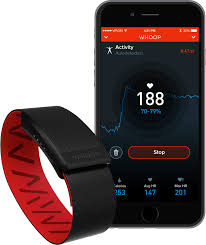
Based on these data points and some subjective input from the user, Whoop goes to work! It calculates your daily strain level, recovery score, sleep performance, and more. It can even suggest how much sleep you need to recovery from your day based on how well you need to perform the following day.
THIS ARTICLE from Whoop outlines a lot of the features of whoop as well as shares high-level CrossFitter Sam Dancer’s data. During the 2017 CrossFit season, you can view his poor recovery. Which, ultimately leads to an injury due to training load vs. recovery imbalance.
Whoop is significantly more comprehensive but requires a 6-month membership to join at $30/month, so it is also more expensive. But the information Whoop provides you with is invaluable for your performance and health. If you’re looking into using whoop, please click my affiliate link to help me continue to be able to provide quality information for you! join.whoop.com/thebarbellphysio

